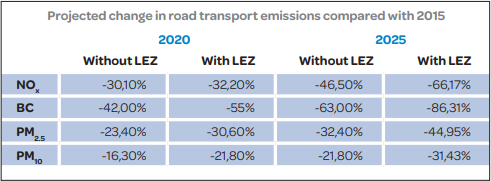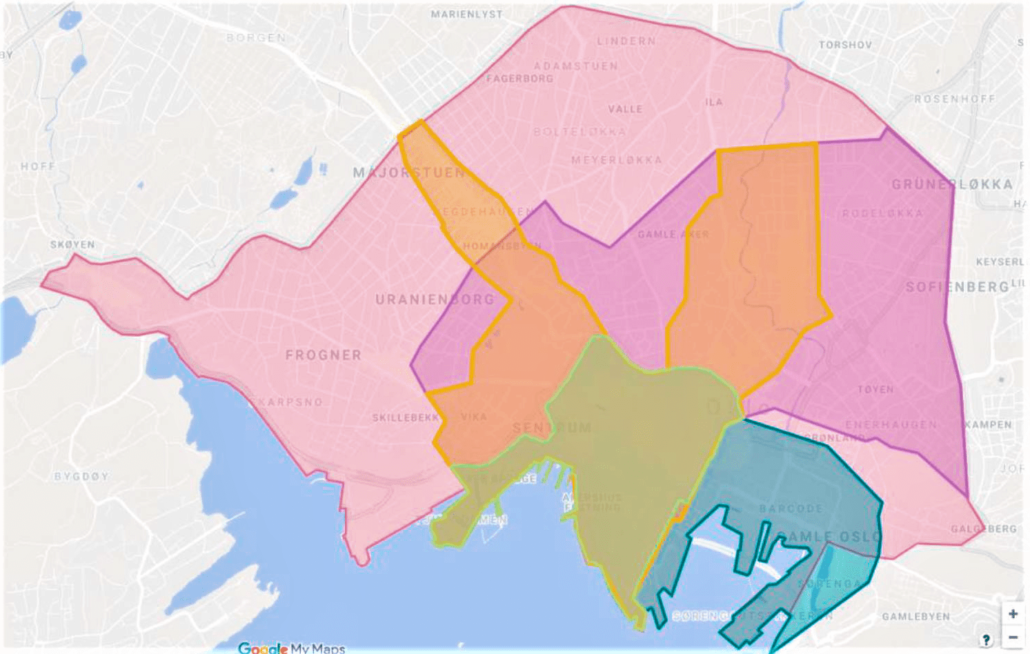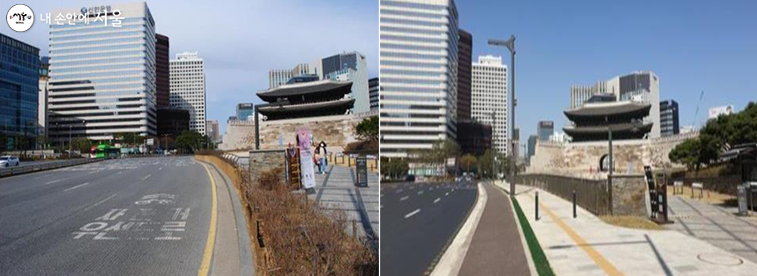This blog was written by Yiqian Zhang, Senior Officer, Sustainable Mobility at ICLEI World Secretariat.
Ninety-one percent of the world’s population lives in places where air pollution levels exceed the guideline limits of the World Health Organization. Every year, long-term exposure to ambient air pollution causes 4.2 million deaths, respiratory, and cardiovascular diseases among other health issues. It is evident that air pollution disproportionately affects the most vulnerable and is felt strongest in disadvantaged neighborhoods where road traffic is intense. Conversely, they are the least likely to own cars themselves. In response to the looming air quality crisis, low emission zones (LEZs), i.e. where the most polluting vehicles are prohibited from traveling, have become a widespread policy instrument to improve air quality and protect public health.
Air quality, public health and climate: A strong case for LEZs
Currently, more than 250 LEZs have been implemented in many cities in Europe with prominent examples in London, Brussels, Barcelona, Oslo, and Paris. Outside of Europe, Seoul started to limit the operation of old and polluting cars in the designated “Green Transport zone” (GTZ) in December 2019. Considering the contribution of freight transport to toxic air and greenhouse gas emissions, it is unsurprising that some cities have chosen to establish zones focusing on freight vehicles, i.e. zero-emission zones for freight (ZEZ-Fs). The Dutch Government has announced plans to implement ZEZ-Fs in 30-40 cities by 2025 and Chinese cities such as Foshan have also planned to establish zones focusing on freight.
LEZs have been proved to be effective in reducing air pollution. In Brussels-Capital Region, it is estimated that between June 2018 and October 2020, the number of old diesel vehicles circulating on the road has fallen significantly and the emissions of air pollutants have decreased: 9% nitrogen oxides (NOx), 17% fine particles (PM2.5) and 38% black carbon particles. In addition, the Brussels Environment has projected that the LEZ scheme will reduce its NOx emissions by 66% by 2015 compared to the 2015 level. In Seoul, preliminary analysis indicates that between 2019 and 2020, the introduction of GTZ has contributed to a reduction in traffic flows in the downtown area by 13.8%, and that of Grade 5 vehicles has reduced by 23.5%; besides, the PM10 has reduced by 16.7% and PM2.5 reduced by 16%.






